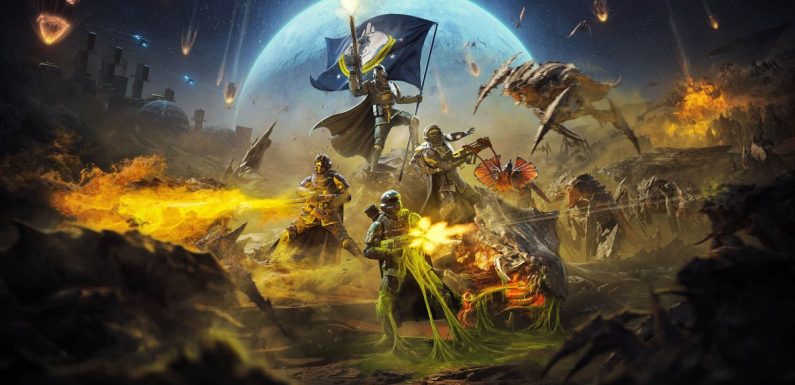Praeclarus Press: Excellence in Ladies’ Wellness
- House
- About
- Contact
- Art
- Guide shop
- Recommended Reading
- Submissions
- Require Illustrations?
The coziness of Childhood Toys and Accessory
Alice Allan takes a glance at the role of convenience things in kid development and just just what psychologists have stated about the subject.
My favourite youth doll, or even utilize the distinguished Uk psychologist D.W. Winnicott’s terms, my “transitional object, ” ended up being a puffin (really he is still). He had been directed at me personally once I had been 2 yrs old and quickly usurped a boss-eyed white bear to that we had formerly  been connected. I happened to be faithful and then Puffin throughout my youth and into my teenagers. Although we now are now living in Central Asia, he lives (and I also utilize the term deliberately) within my moms and dads’ home in England. Once I return back, much to my husband’s ridicule, Puffin frequently shares my bed. We find his existence because reassuring as i usually did.
been connected. I happened to be faithful and then Puffin throughout my youth and into my teenagers. Although we now are now living in Central Asia, he lives (and I also utilize the term deliberately) within my moms and dads’ home in England. Once I return back, much to my husband’s ridicule, Puffin frequently shares my bed. We find his existence because reassuring as i usually did.
Alice Allan’s Puffin and child
In Western tradition, it had been just into the 1950s that convenience things started to be seen as a good existence in a child’s life. Until that point, prevailing kid care methods stressed baby’s early self-reliance and regarded accessory to an item as being a deficiency within the son or daughter, or a type of fetish. Wulff (1946) cited case that is clinical to demonstrate that fetishism is certainly not unusual in youth, that the fetish represents an alternative for the mother’s breast and that its psychological structure varies from that of the fetishism associated with the adult. Similarly, a baby’s instinctive attachment to its mom had been put down seriously to its need that is biological for and heat. Then when you look at the 1950s, Harry Harlow did a number of horribly memorable experiments the content is distressing with infant rhesus monkeys.
The monkeys had been obtained from their moms at delivery and alternatively offered a cable mom and/or a fabric mom. It had been hypothesised that the monkeys would connect similarly into the cable mother, since she also fed them, nevertheless the test revealed otherwise. Monkeys have been because of the option invested lots of time cuddling the fabric mom, as soon as these people were put through terrifying stimuli (e.g. Noisy bangs), over time of anxiety, these people were in a position to soothe themselves by cuddling. They utilized the fabric mom as being a base that is“psychological of. ”
Winnicott (1953) talks of comfort things as an ordinary section of youth development, which play a role when you look at the child’s growing independency from its mom. He thought that the doll or blanket serves to express the caretaker whenever this woman is maybe not here, and allows the son or daughter, just like the child monkeys, both to control anxiety also to have the self- confidence to explore the environmental surroundings. Their view of transitional things gels together with his concept of “the good-enough mom, ” she being person who sensitively prepares the child for the outside globe by perhaps perhaps not being every thing, constantly. By maybe maybe not being perfect, he writes, the mother that is good-enough loosens the holding associated with the infant, as opposed to dropping it abruptly.
Into the 1960s, John Bowlby, whoever work with baby accessory has informed a great deal of present accessory theory, promoted the concept that kiddies used their ‘blankies’ as a calming substitute for their key attachment figure, and also by the 1970s, also eminent childcare article writers like Dr. Spock and Penelope Leach had been earnestly advocating the introduction of convenience items to aid children handle times of separation.
The young girl (or child) creates particular comforting assurances of her moms and dads away from her cuddly model … (Spock, 1945).










